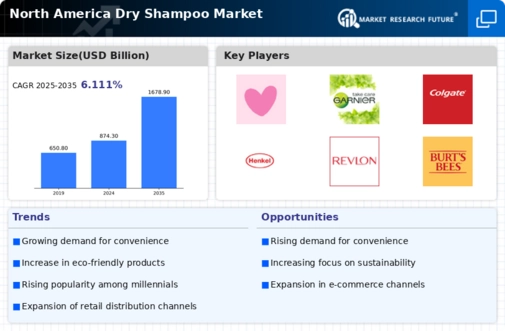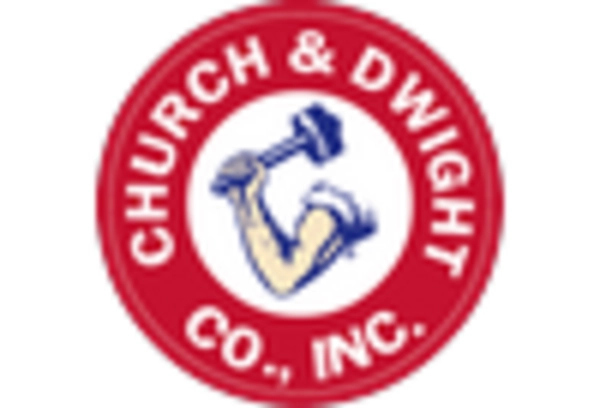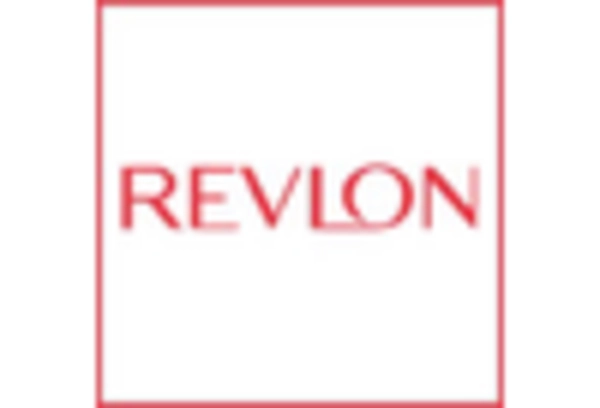Growing Demand for Convenience
The dry shampoo market experiences a notable surge in demand for convenience-driven products. As lifestyles become increasingly fast-paced, consumers seek solutions that save time and effort in their grooming routines. Dry shampoo offers a quick and effective way to refresh hair without the need for water, appealing particularly to busy professionals and parents. According to recent data, the convenience factor has contributed to a growth rate of approximately 15% in the dry shampoo market over the past year. This trend indicates a shift in consumer preferences towards products that align with their on-the-go lifestyles, further solidifying the position of dry shampoo as a staple in personal care.
Influence of Health and Wellness Trends
The dry shampoo market is significantly influenced by the growing health and wellness trends among consumers. Increasing awareness regarding the potential harmful effects of traditional hair care products has led to a shift towards safer alternatives. Many consumers are now opting for dry shampoos that are free from sulfates, parabens, and other harsh chemicals. This shift is reflected in the market, where products labeled as 'natural' or 'organic' are gaining traction, accounting for nearly 30% of total sales in the dry shampoo market. As consumers prioritize their health, brands that emphasize clean ingredients are likely to thrive in this evolving landscape.
Impact of E-commerce and Online Retail Growth
The dry shampoo market is significantly impacted by the rapid growth of e-commerce and online retail platforms. As consumers increasingly turn to online shopping for convenience and variety, brands are capitalizing on this trend by enhancing their digital presence. E-commerce sales of dry shampoo have surged, with estimates suggesting a growth rate of 30% in online sales over the past year. This shift not only expands market reach but also allows for targeted marketing strategies that resonate with specific consumer demographics. The rise of online retail is likely to continue shaping the dry shampoo market, as brands invest in digital marketing and e-commerce capabilities.
Evolving Consumer Preferences for Personalization
The dry shampoo market is witnessing a shift towards personalized products that cater to individual hair types and preferences. Consumers are increasingly seeking tailored solutions that address their specific hair concerns, such as oiliness, volume, or color protection. This demand for customization has prompted brands to innovate and develop a wider range of formulations, including those designed for different hair textures and colors. Market analysis shows that personalized products are projected to account for approximately 25% of the dry shampoo market by 2026. This evolution indicates a growing recognition of the diverse needs of consumers, pushing brands to adapt and offer more specialized options.
Rising Popularity of Travel and On-the-Go Products
The dry shampoo market benefits from the increasing popularity of travel-sized and on-the-go products. As travel becomes more accessible and frequent, consumers are looking for compact and convenient solutions to maintain their grooming routines while away from home. Dry shampoo fits this need perfectly, allowing users to refresh their hair without the hassle of traditional washing. Recent statistics indicate that travel-sized products have seen a growth of around 20% in sales within the dry shampoo market. This trend suggests that brands focusing on portable packaging and formulations tailored for travel will likely capture a larger share of the market.


















Leave a Comment